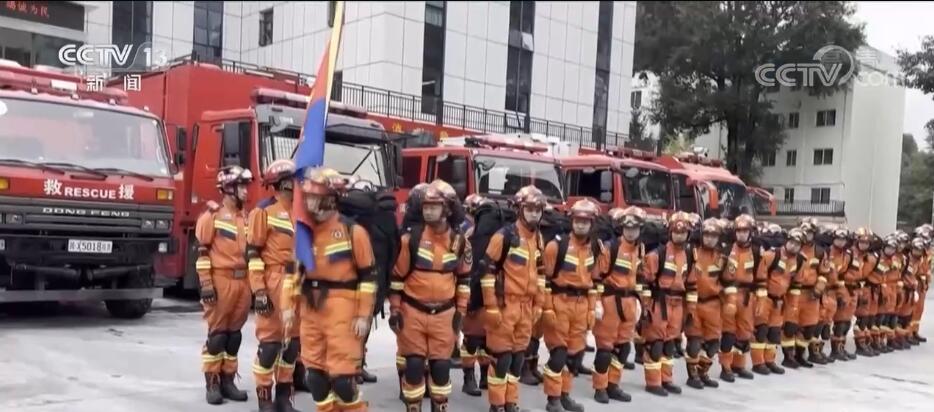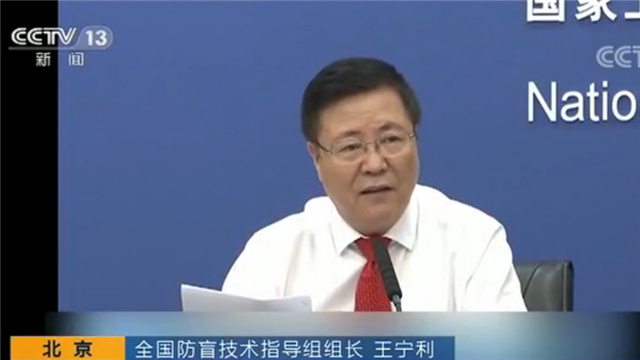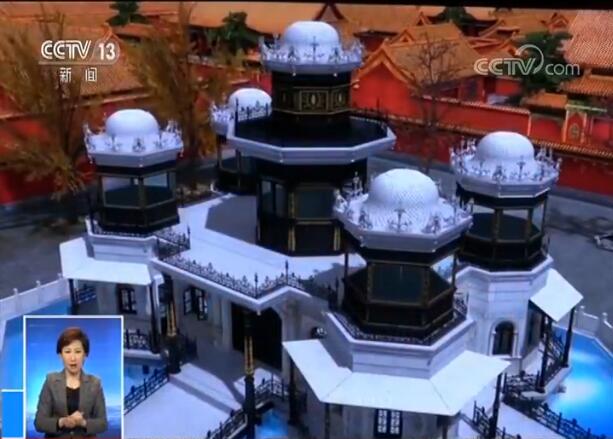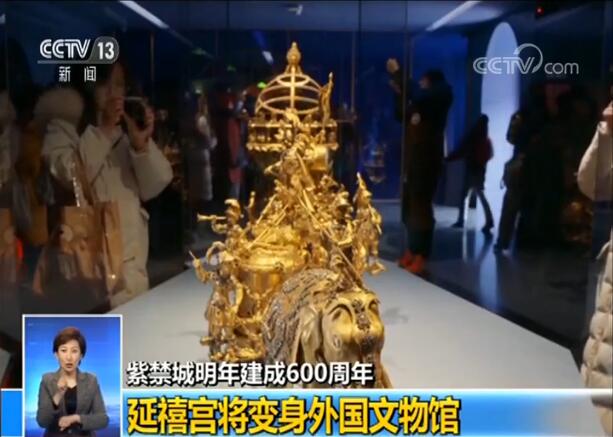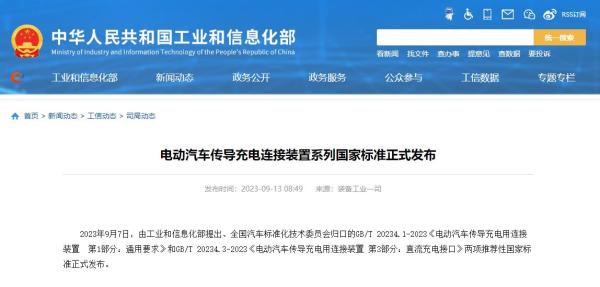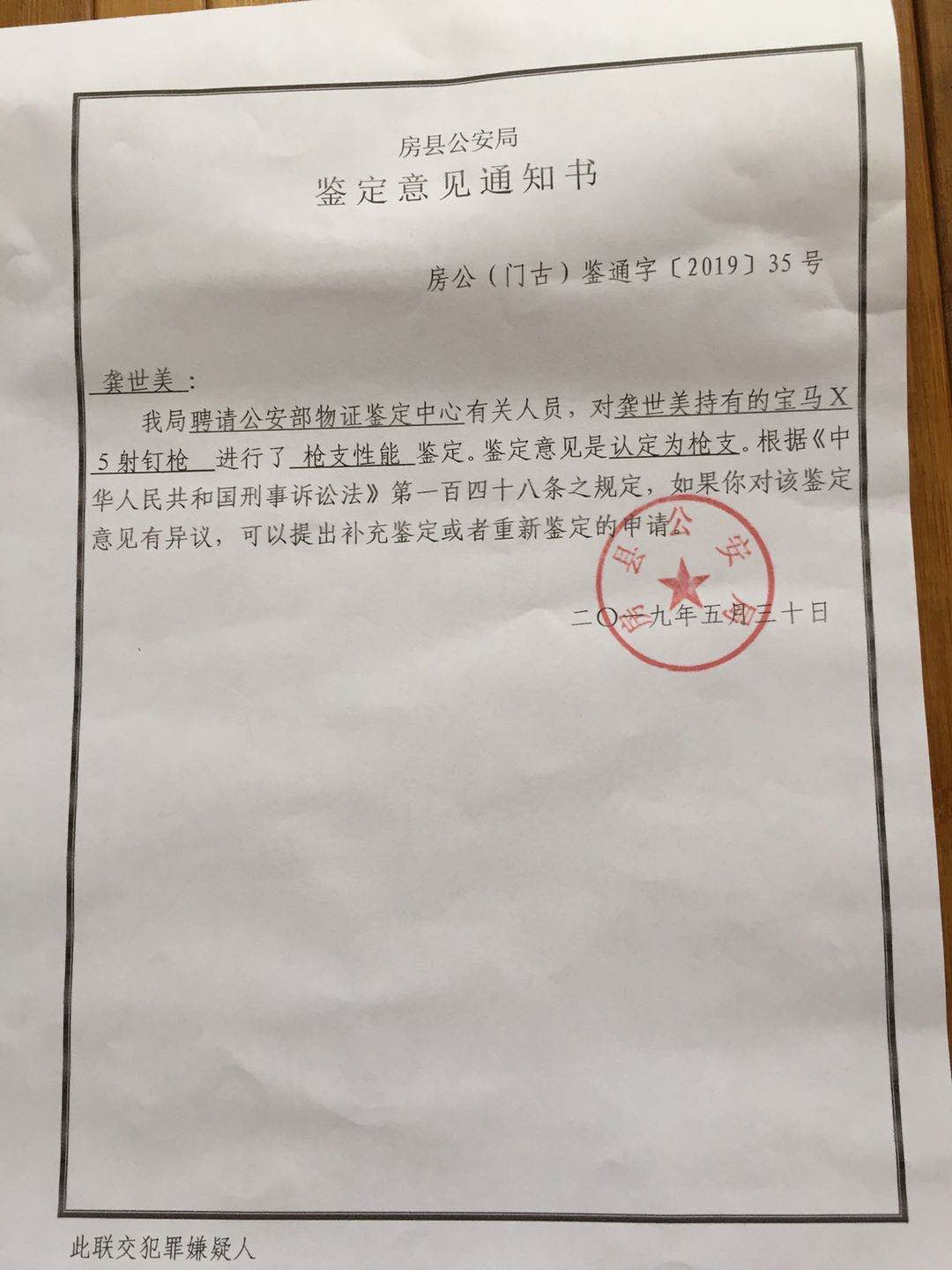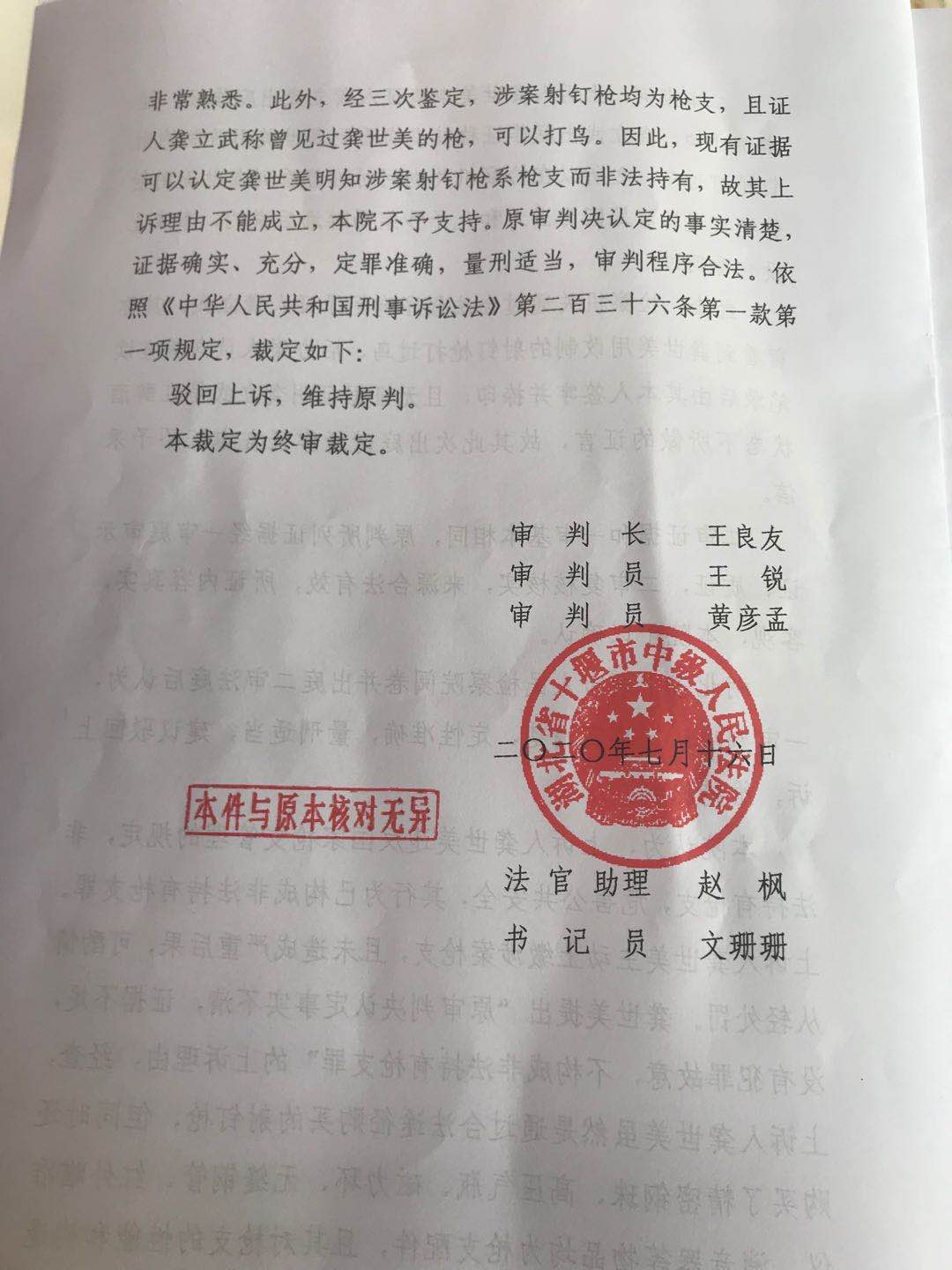We will implement the Central Rural Work Conference, the No.1 Document of the Central Committee and the spirit of the National "Two Sessions", implement the rural revitalization strategy, deepen the structural reform of the supply side of agriculture, and accelerate the modernization of agriculture and rural areas. In 2018, the central government will continue to increase investment in supporting agriculture, strengthen the overall integration of projects, and improve the management mechanism for the use of funds. The policy of strengthening agriculture and benefiting farmers with financial priorities jointly implemented by the Ministry of Agriculture and Rural Affairs and the Ministry of Finance in 2018 is hereby released as follows.
First, direct subsidies to farmers
1. Cultivated land fertility protection subsidies. In principle, the subsidy object is farmers who have the right to contract cultivated land. Subsidy funds are directly paid to households through the form of "one card (discount)". The specific subsidy basis, subsidy conditions and subsidy standards shall be determined by the provinces (autonomous regions and municipalities) in accordance with the requirements of the Notice of the Ministry of Finance and the Ministry of Agriculture on Comprehensively Pushing Forward the Reform of "Three Subsidies" in Agriculture (Cainong [2016] No.26) and in combination with local conditions. It is necessary to maintain the continuity and stability of policies and ensure the direct benefits of farmers. Encourage provinces (autonomous regions and municipalities) to innovate ways and means, take the green ecology as the guide, explore the mechanism of linking subsidy distribution with the implementation of farmland protection responsibility, and guide farmers to consciously improve farmland fertility.
2. Agricultural machinery purchase subsidies. The central financial fund covers 137 items in 15 categories, 42 subcategories, and implements open subsidies for machines and tools within the scope of subsidies. The subsidy targets are individuals engaged in agricultural production and agricultural production and operation organizations. Priority should be given to ensuring the machines and tools needed for the production of major agricultural products such as grain, and the subsidy needs for machines and tools to support the green development of agriculture, such as subsoiling and soil preparation, no-tillage sowing, efficient plant protection, water-saving irrigation, efficient fertilization, straw returning and leaving the field, residual film recycling, resource utilization of livestock manure, and harmless treatment of dead livestock and poultry. Provinces (autonomous regions and municipalities) are allowed to select no more than three products to carry out pilot subsidies for the purchase of new agricultural products, focusing on supporting green ecological orientation and applicable machines for hilly and mountainous industries.
3. Producer subsidies. Subsidies for corn and soybean producers were implemented in Liaoning, Jilin, Heilongjiang and Inner Mongolia. The central government will make overall arrangements for subsidies for corn and soybean producers, and the subsidy funds will be paid to producers in the form of "one card (discount)". The specific subsidy scope, subsidy basis and subsidy standard are determined by the people’s governments of all provinces (regions) in accordance with the requirements of the central authorities and combined with local conditions, but the subsidy standard for soybeans is higher than that for corn. Encourage all provinces (regions) to concentrate subsidy funds on advantageous producing areas. In order to promote the reform of the minimum purchase price of rice and protect the income of grain farmers, the central government will allocate a certain amount of subsidy funds to the provinces, and the relevant provinces will formulate specific subsidy implementation plans.
4. Cotton target price subsidy. Continue to implement the cotton target price subsidy policy in Xinjiang and Xinjiang Production and Construction Corps. The target price level of cotton will be fixed for three years, and it will be 18,600 yuan per ton from 2017 to 2019. Subsidy funds are paid directly to the actual cotton growers in the form of "one card (discount)".
Second, support the development of new agricultural management entities
5. Cultivation of new professional farmers. We will establish a professional farmer system in an all-round way, focusing on the leaders of new agricultural business entities, modern young farmers, agricultural professional managers, agricultural socialized service backbones and agricultural industry poverty alleviation targets, and focusing on improving production skills and management level, training 1 million new professional farmers. Encourage the government to purchase services and support competent farmers’ cooperatives, professional and technical associations, leading agricultural enterprises and other subjects to undertake training work.
6. Capacity building of farmers’ cooperatives and family farms. We will support the development of green agriculture and ecological agriculture, and improve the capabilities of standardized production, agricultural product processing and marketing, with the national model cooperatives, farmers’ cooperative unions and demonstration family farms with sound systems, standardized management and strong driving force.
7. Socialization service of agricultural production. Support rural collective economic organizations, specialized agricultural service organizations, service-oriented farmers’ cooperatives and other entities that have certain capabilities and can provide effective and stable services, provide socialized services for the main entities engaged in the production of important agricultural products such as grain, cotton, oil and sugar, and promote green, ecological and efficient modern agricultural production methods in a centralized way, so as to realize the organic connection between small farmers and modern agricultural development.
8. Construction of agricultural credit guarantee system. Improve the national agricultural credit guarantee system, promote the extension of provincial credit guarantee institutions to cities and counties, and realize substantive operation. Focus on serving new business entities such as large farmers, family farms and farmers’ cooperatives, as well as agricultural socialized service organizations and agricultural small and micro enterprises, focusing on key links such as grain production, animal husbandry and aquaculture, advantageous industries, new rural formats, rural integration of primary and secondary industries, and high-standard farmland construction, agricultural machinery and equipment, green production and agricultural standardization, and provide convenient, fast and low-cost credit guarantee services. Support all localities to take the form of guarantee fee subsidies, business awards, etc., and accelerate the scale of agricultural credit guarantee loans.
Third, support the adjustment of agricultural structure
9. Pilot of fallow system of cultivated land rotation. The pilot scale of the farmland rotation fallow system supported by the central government has been expanded to 24 million mu, plus 6 million mu independently developed by local governments, reaching 30 million mu. Carry out pilot rotation in Liaoning, Jilin, Heilongjiang, Inner Mongolia, Jiangsu and Jiangxi; We will carry out fallow experiments in the groundwater funnel area of Heilonggang, Hebei Province, the heavy metal pollution area of Changsha, Zhuzhou and Xiangtan, Hunan Province, the rocky desertification area in the southwest and the severely degraded area in the northwest, the groundwater overexploitation area of well-irrigated rice in cold areas of Heilongjiang Province and the groundwater overexploitation area of Tarim River Basin in Xinjiang. The central government gives appropriate subsidies to farmers and new business entities that carry out the pilot system of farmland rotation and fallow.
10. change food to feed. The scale of changing grain to feed was expanded to 12 million mu, which was implemented in 17 provinces (regions) such as Hebei and Shanxi, mainly in the "sickle bend" area. Select counties with large corn planting area, good cattle and sheep breeding foundation and strong willingness to adjust planting structure to promote the overall adjustment of planting structure, and adopt the way of raising and planting seeds to promote the adjustment of planting structure. The subsidy targets are large-scale herbivorous livestock farms (households) or professional silage storage enterprises (cooperatives).
11. Construction of demonstration base for high-yield and high-quality alfalfa. It is implemented in 13 provinces (regions) such as Hebei and Shanxi, and supports forage production cooperatives, forage production and processing enterprises, dairy farming enterprises (farms) and dairy farmers’ cooperatives to plant high-yield and high-quality alfalfa in a concentrated and contiguous manner. In principle, the demonstration base is concentrated on more than 3000 mu.
12. Advantages and characteristics lead the development of industries. Support all localities to promote industrial development and increase farmers’ income, focus on leading agricultural industries with regional advantages and local characteristics, and focus on developing leading industrial belts with advantages and characteristics and key production areas. Start the demonstration of green and high-quality agricultural products, through standardized green production, whole-process quality supervision, whole-industry chain operation and industrial integration development, make the industries with advantages and characteristics bigger and better, cultivate and build a number of influential regional public brands, enterprise brands and product brands, and demonstrate and promote the modern agricultural development model with high output, product safety, resource conservation and environmental friendliness.
Fourth, support the integration and development of rural industries
13. Construction of modern agricultural industrial park. On the basis of provincial recommendation, we will continue to create a number of national modern agricultural industrial parks and identify a number of national modern agricultural industrial parks. The central government gives appropriate support by giving awards instead of subsidies.
14. The integration and development of rural primary, secondary and tertiary industries. Deepen the integration and development of rural primary, secondary and tertiary industries, implement the action of revitalizing villages and strengthening counties with industries, take towns as a platform, guide and drive the development of leading industries with characteristic advantages, strengthen the processing, packaging and marketing of agricultural products, extend the industrial chain, upgrade the value chain, expand agricultural versatility, develop leisure agriculture, smart agriculture and agricultural cultural industries, support agricultural industrialization, and cultivate new industries, new formats and new models.
15. Information into the village and households throughout the province to promote demonstration. Continue to select five provinces (cities) to carry out demonstrations, and rely on the existing platforms such as rural information services, finance and insurance, and e-commerce to achieve one-stop services in technology, market, commerce, government affairs and other information by integrating resources and improving functions. Information into the village to take market-oriented construction and operation, the central government to give a one-time award.
Five, support green and efficient technology promotion services
16. Green, high-yield and efficient creation. Highlight the three major grains of rice, wheat and corn, take into account varieties such as potato soybeans, miscellaneous grains and miscellaneous beans, cotton, oil, sugar, vegetables, fruits and tea, select a number of counties with good production foundation, outstanding advantages, distinctive characteristics and strong industrial drive to establish the whole system, demonstrate and popularize the green high-yield and high-efficiency technology model, and increase the supply of green and high-quality agricultural products.
17. Reform and construction of grass-roots agricultural technology extension system. Support agricultural counties with high willingness to implement and good tasks to promote the reform and innovation of grass-roots agricultural technology extension system, explore the integration development mechanism of public welfare and business agricultural technology extension, and allow agricultural technicians to carry out value-added services such as technology transfer and technical consultation and get reasonable remuneration. Support Jiangsu, Zhejiang and other eight provinces to carry out pilot projects of collaborative extension of major agricultural technologies, and build a new model of "two places and one station" chain agricultural extension service with agricultural research base+regional demonstration base+grassroots extension station+new business entities. Implement the special employment plan for agricultural technology extension services in poor areas, especially in deep poverty areas and other areas in need.
18. Deep loosening of agricultural machinery. The subsoiling land preparation area of agricultural machinery has reached more than 150 million mu, supporting 21 provinces (autonomous regions and municipalities) such as Tianjin and Hebei to carry out subsoiling land preparation operations of agricultural machinery in suitable areas. The working depth is generally required to reach or exceed 25 cm, breaking the bottom of the plow. Encourage relying on specialized service organizations to carry out socialized services. According to the actual needs of agricultural production, the four northeastern provinces can carry out subsidies for deep ploughing (deep ploughing) of agricultural machinery in suitable areas.
19. Promotion of improved animal husbandry in pastoral areas. Appropriate subsidies will be given to beef cattle farms (communities, households) that use improved semen for artificial insemination in 8 provinces (regions) such as Inner Mongolia and Sichuan, as well as farmers who can breed more than 30 ewes and more than 25 cows with yaks.
20. Land ownership registration and certification. Continue to promote the registration and certification of rural land contractual management rights and the registration and certification of state-owned land use rights in agricultural reclamation as planned.
Six, support the ecological protection of agricultural resources and non-point source pollution prevention and control.
21 grassland ecological protection subsidies and awards. In Inner Mongolia, Sichuan, Yunnan, Tibet, Gansu, Ningxia, Qinghai, Xinjiang and other eight provinces (autonomous regions) and the Xinjiang Production and Construction Corps, grazing ban subsidies, grass and livestock balance awards and performance evaluation awards were implemented; In Hebei, Shanxi, Liaoning, Jilin, Heilongjiang and Heilongjiang Provincial Agricultural Reclamation Bureau, the "package" policy and performance evaluation awards were implemented.
22. Develop modern grassland animal husbandry in the south. We will support eight provinces, including Anhui and Jiangxi, to promote modern grassland animal husbandry in the south, and build a number of cattle and sheep production bases with large grassland scale, good breeding foundation, obvious development advantages and strong demonstration and driving ability, with agriculture and animal husbandry cooperatives and related animal husbandry enterprises as the main bodies, to develop grassland animal husbandry.
23. Cultivated land protection and quality improvement. Select key counties to assemble and promote a number of cultivated land quality construction and chemical fertilizer reduction and efficiency improvement technology models in different regions and crops, and rely on new agricultural management entities to carry out soil fertility improvement and scientific fertilization services.
24. Protection and utilization of black land in Northeast China. In Liaoning, Jilin, Heilongjiang and Inner Mongolia, we will continue to promote the protection and utilization of black land, expand the scope of implementation, add a number of key counties to carry out pilot projects to promote the whole system of black land protection, and carry out technical and engineering measures such as controlling black soil loss, increasing soil organic matter content, maintaining water and fertilizer, and raising black soil.
25. Pilot project of comprehensive utilization of crop straw. In the provinces (regions) with a large amount of crop straw and the areas around Beijing and Tianjin, we will carry out pilot projects for comprehensive utilization of crop straw, support about 150 key counties to promote the whole county, and adhere to diversified utilization and agricultural priority.
26. Fishery proliferation and release and ship reduction and conversion. Fishery proliferation and release will be carried out in key waters such as river basins, rivers and seas with serious resource degradation. We will promote the work of reducing the number of ships in marine fishing and changing production, and support the construction of facilities such as the renovation and dismantling of fishing boats, artificial reefs, deep-water cages, fishing ports and communication and navigation.
27. Fishing is prohibited in key waters of the Yangtze River Basin. Establish a compensation system for the ban on fishing in key waters of the Yangtze River Basin, and support the pilot ban on fishing in aquatic biological reserves in the Yangtze River Basin.
28 livestock and poultry manure resource treatment. We will continue to select some key counties for pig, cow and beef cattle breeding to carry out county-wide treatment of livestock and poultry manure resource utilization, and support qualified areas to carry out city-wide and province-wide treatment. In accordance with the policy of government support, enterprise as the main body and market-oriented operation, we will transform and improve the whole set of manure treatment facilities, such as manure collection, treatment and utilization, in order to realize all manure treatment and resource utilization in large-scale farms, and strive to form an industrial pattern of combining farming with animal husbandry and recycling development.
29. Action of replacing chemical fertilizer with organic fertilizer for fruit, vegetable and tea. Select 150 key counties with outstanding planting advantages of fruit, vegetable and tea, guaranteed organic fertilizer resources, mature application technology mode of organic fertilizer, a certain foundation for industrial development and local enthusiasm to carry out the action of replacing chemical fertilizer with organic fertilizer, and explore a number of production and operation modes such as "fruit-biogas livestock", "vegetable-biogas livestock" and "tea-biogas livestock" with new agricultural management entities as the main players to promote the recycling of resources.
30. Popularize clean production technology of plastic film. In Inner Mongolia, Gansu and Xinjiang, we will carry out county-wide pilot projects for recycling used plastic films, support 100 counties to establish and improve the recycling and processing system of used plastic films, and promote the establishment of recycling mechanisms in various ways, such as handing in business entities, organizing recycling by specialized organizations, recycling by processing enterprises, and exchanging old ones for new ones. Take cotton, corn and potato as key crops, demonstrate and popularize water-saving technologies such as plastic film mulching, rainwater harvesting and supplementary irrigation, drought resistance and stress resistance, and the thickness of plastic film shall not be less than 0.01 mm.
31. Comprehensive management of groundwater overexploitation. Focusing on Heilonggang Basin in Hebei Province, we will carry out comprehensive management of groundwater overexploitation, popularize agronomic water-saving measures, and implement pilot projects of fallow farmland.
32. Comprehensive management of cultivated land polluted by heavy metals. Focusing on the Changsha-Zhuzhou-Xiangtan area in Hunan Province, we will carry out comprehensive management of cultivated land polluted by heavy metals, implement the adjustment of planting structure, and implement the pilot project of fallow of cultivated land.
Seven, support agricultural disaster prevention and relief.
33. Agricultural production for disaster relief. Based on local disaster relief and central subsidy, the central government gives appropriate subsidies to the prevention and control of major agricultural natural disasters and biological disasters, emergency relief and post-disaster recovery.
34. Prevention and control of animal diseases. The central government gives appropriate subsidies to compulsory immunization, compulsory culling and harmless treatment of animal diseases. Support for qualified farms (households) to implement compulsory immunization "first fight and then make up" subsidy.
35 agricultural insurance premium subsidies. The varieties included in the central financial insurance premium subsidies are corn, rice, wheat, cotton, potatoes, oil crops, sugar crops, fertile sows, cows, fattening pigs, forests, highland barley, yaks, Tibetan sheep and natural rubber. According to the principle of "voluntary participation" in agricultural insurance, the proportion of farmers’ premium payment is determined by each province independently, generally not exceeding 20%, and the rest is borne by governments at all levels in proportion. In-depth implementation of agricultural catastrophe insurance pilots in 200 counties in 13 major grain-producing provinces, and the implementation of three major grain crop full cost insurance pilots was initiated.
Eight, big county incentive policy
36. Awards for major grain-producing (oil) counties. Including conventional grain-producing counties, super grain-producing counties, commodity grain-producing counties, seed-producing counties and oil-producing counties. The standards for large counties and the requirements for the use of funds shall be implemented in accordance with the Interim Measures for the Administration of Incentive Funds for Grain (Oil) Producing Counties (Cai Jian [2016] No.866).
37 pigs (cattle and sheep) out of the county awards. Including pigs transferred out of big counties, cattle and sheep transferred out of big counties and provincial-level overall incentive funds. The standards for large counties and the requirements for the use of funds shall be implemented in accordance with the Measures for the Administration of Incentive Funds for Pigs (Cattle and Sheep) Transferred to Large Counties (Cai Jian [2015] No.778).















